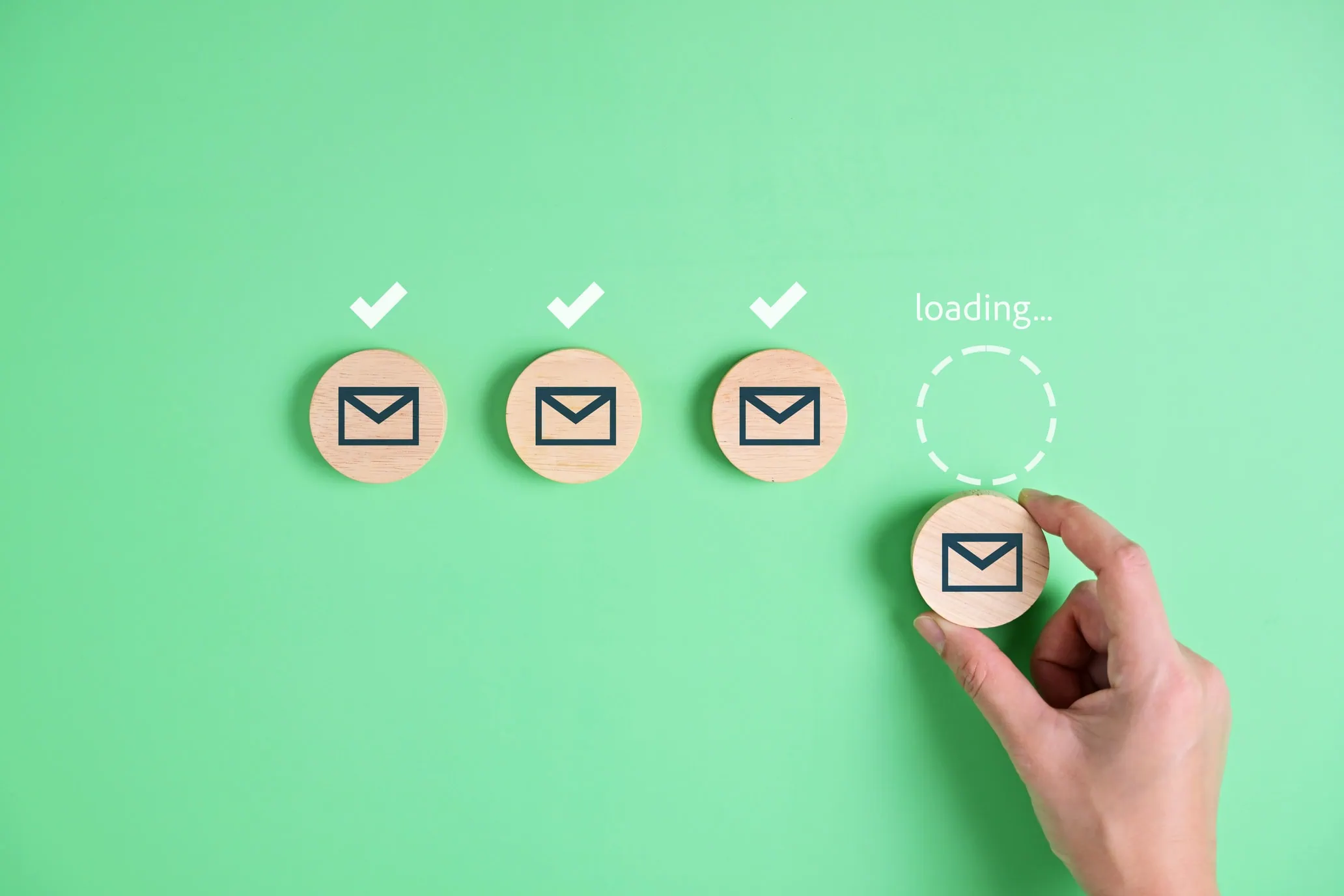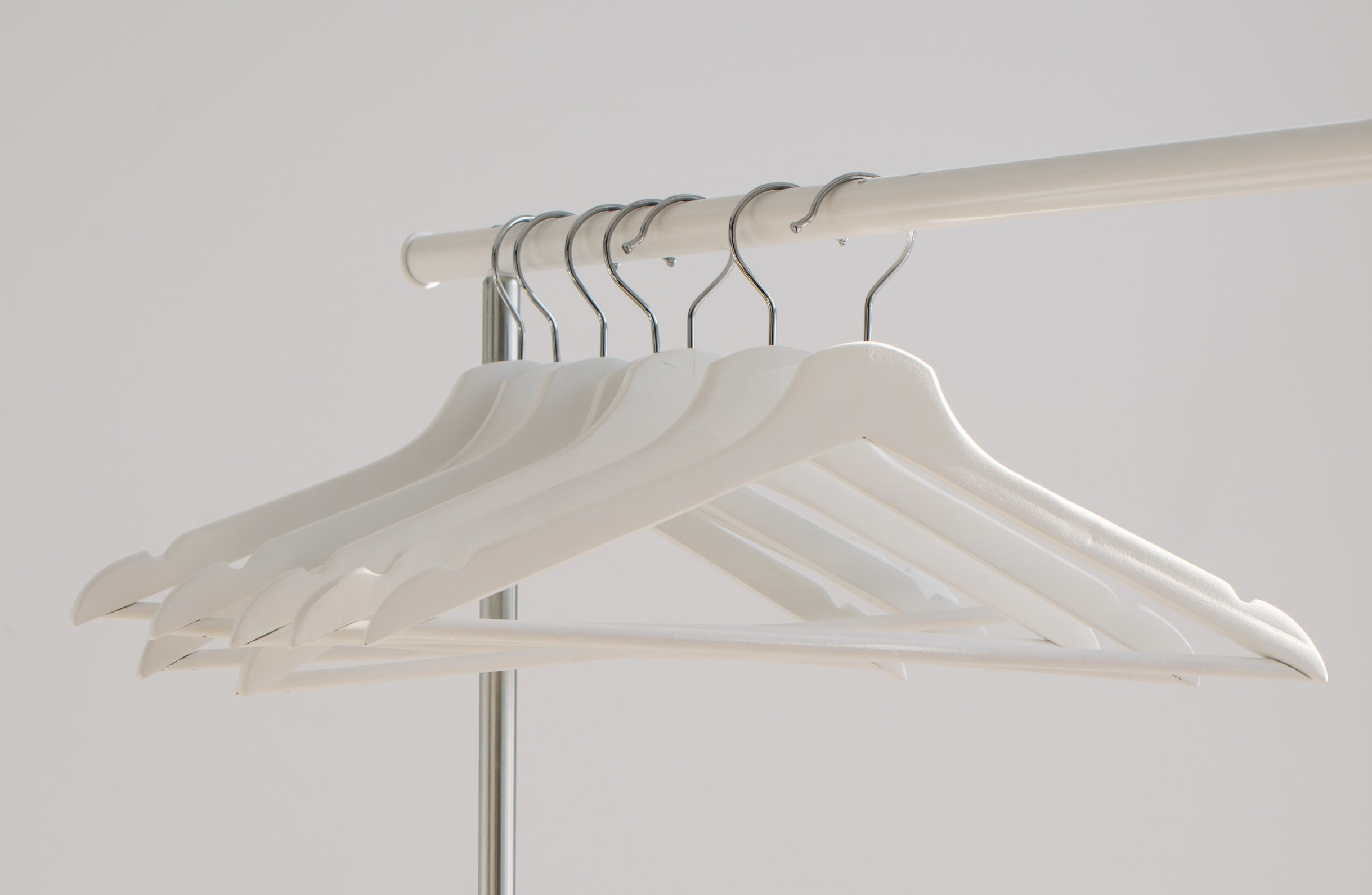What Is Dropshipping & Can You Really Start For Free in 2025?
Dropshipping is a low-risk ecommerce model where you sell products online without holding any inventory. When a customer buys from your store, the order is forwarded to a supplier who ships it directly to the customer on your behalf.
Now the big question: Do you need money to start dropshipping?
No — you don’t need upfront capital to start. Thanks to free ecommerce platforms, supplier integrations, and organic marketing tools, it’s entirely possible to launch your first store on a $0 budget.
But to be successful, you need a plan. Here’s how to start a dropshipping business for free from scratch.
How to Start Dropshipping with No Money Step-by-Step
1. Choose a Niche That Balances Passion, Demand & Profit
You won’t have the budget to test multiple products with ads, so you need to pick a niche that:
You're interested in (so you don’t lose motivation)
Has proven demand (e.g., use Google Trends)
Isn’t too competitive
Offers products with decent profit margins (ideally 30%+)
Tip: Some evergreen niches for beginners include pet products, home office accessories, beauty tools, and fitness gear.
2. Find Trending, Low-Risk Products to Sell
Once you’ve chosen your niche, start searching for specific products. Stick to products that are easy to ship, don’t require complex sizing, and solve a specific need or desire.
Use free tools like:
TikTok Creative Center – to see what's trending
AliExpress Dropshipping Center – to find top-selling items
Amazon Best Sellers – to spot product opportunities
3. Select Reliable Dropshipping Suppliers (Free Options Included)
There’s no need to pay upfront for supplier access. Platforms like AliExpress, CJ Dropshipping, Zendrop, and Spocket offer free plans with wide product selections and integrated order fulfilment.
If you’re using Shopify, many of these suppliers have free apps that sync directly with your store. That means you can:
Browse products inside Shopify
Add them to your store with one click
Place customer orders without ever leaving the platform
Choose a supplier that:
Offers reliable shipping (ideally under 15 days)
Provides product images and descriptions
Has a good reputation and communication
4. Order Product Samples (Optional, But Recommended Later)
While not essential upfront, ordering samples helps you:
Verify product quality
Take custom product photos
Understand shipping speed
If you’re starting Shopify dropshipping with no money, you can skip this step early on — but plan to do it once you make a few sales.
5. Set Up a Free (or Nearly Free) Online Store
You don’t need to invest heavily in an ecommerce platform to get started with dropshipping. There are plenty of free or low-cost options that let you build a basic store or even a full online business.
If you're just starting out and want to keep things simple, you can explore platforms like:
Google Sites – Free and super easy to use, suitable for simple product pages or link-in-bio stores
Big Cartel – Free plan for up to 5 products, suitable for very small shops
Ecwid – Free tier that integrates with existing websites or social media
WooCommerce + WordPress – Highly flexible and powerful, especially if you already have hosting or are comfortable managing a site
That said, if you're looking for a balance between ease of use, scalability, and performance, we recommend Shopify.
Shopify offers:
A beginner-friendly drag-and-drop builder
Secure, built-in payment gateways
Access to thousands of dropshipping apps
Fast, mobile-optimised themes
The ability to grow from a solo side hustle into a full-scale ecommerce brand
With a 3-day free trial and a $1/month starter plan, Shopify makes it easy to test your business idea without upfront cost. Whether you want to launch a simple one-product site or a fully branded online shop, it offers the tools to do both—without needing a developer.
Ultimately, the best platform is the one that matches your current skill level, budget, and long-term goals. Choose the one that gets you selling the fastest, and you can always scale or switch later.
6. Add Products and Create Compelling Product Pages
Add your selected products to your store using supplier data. But don’t copy/paste descriptions — make them compelling by highlighting benefits, emotional appeal, and clear calls to action.
Use free tools like:
Canva – To design product mockups and graphics
ChatGPT or Copy.ai (Free Plans) – To write persuasive product descriptions
7. Set Up Payments (PayPal, Stripe & Alternatives for Free)
To get paid, you’ll need a payment processor. Most are free to set up and only charge transaction fees.
Popular choices include:
PayPal Business
Stripe
Shopify Payments (if you're using Shopify—it’s fully integrated and beginner-friendly)

How to Market Your Dropshipping Store with No Budget
Getting traffic without paid ads takes time—but it works. Focus on content-first marketing:
Organic Social Media (TikTok, Instagram Reels, Pinterest)
Create videos that show the product in action, solve a common problem, or tap into a trend. You don’t need fancy gear—your phone is enough.
SEO for Dropshipping Stores
Search engines reward valuable content. Add blog posts that answer product-related questions or compare different options. Use keywords like:
“Best posture corrector under $30”
“Reusable water bottles for travel”
Even a few optimised blog posts can bring steady organic traffic over time.
Influencer UGC (Without Paying)
Reach out to nano-influencers (1,000–10,000 followers) and offer a free product in exchange for content. Some will promote you in stories or create TikToks that you can repost.
Leverage Free Content Channels
A single video can be repurposed across Instagram, Pinterest, YouTube Shorts, and Facebook Reels. Consistency matters as well as production quality.
Start an Email List from Day One
Use free tools like Brevo, MailerLite, or ConvertKit’s free tier to collect emails through popups and deliver simple newsletters or welcome flows.

How to Handle Orders, Shipping, and Customer Service
Even if you’re starting with no money, handling the backend of your store—orders, shipping, and support—doesn’t have to be overwhelming. With the right systems in place, you can provide a seamless customer experience from day one.
You can streamline these processes using free tools and apps—many of which integrate directly with your ecommerce platform.
Automating Order Fulfillment
Manually fulfilling each order is possible when you're just starting, but it becomes unsustainable as you grow. Thankfully, most ecommerce platforms support free or freemium apps that automate order routing, reduce human error, and sync order statuses in real-time.
Popular free dropshipping apps that support automation:
DSers (AliExpress orders – works with Shopify and WooCommerce)
CJ Dropshipping (multi-platform support, including Shopify, WooCommerce, BigCommerce)
Zendrop (Shopify, WooCommerce, BigCommerce)
AutoDS (Shopify, Wix, eBay, Facebook Marketplace)
Spocket (Shopify, Wix, WooCommerce, Ecwid)
These tools let you:
Import products from suppliers with one click
Automatically forward orders to suppliers once payment is received
Sync tracking numbers back to your store and customer emails
Manage everything in one place without manual copy-pasting
If you're using Shopify, you’ll find most of these apps available in the Shopify App Store. WooCommerce users can access similar functionality via WordPress plugins, and Ecwid and Wix also support automated order apps through their marketplaces.
Managing Shipping Expectations and Tracking
Shipping is often the biggest variable in dropshipping—especially when working with suppliers based overseas. While customers may be willing to wait longer for affordable products, they expect transparency.
Here’s how to manage shipping expectations effectively:
Clearly state delivery timeframes on every product page. If delivery takes 8–15 business days, say so upfront.
Send confirmation and tracking emails. Most apps will automatically add tracking numbers to customer orders, which are then emailed through your store’s notifications.
Use branded tracking pages. Some apps let you customise the tracking experience, keeping customers on your store instead of third-party courier sites.
17TRACK (multi-carrier tracking with free tier)
Parcel Panel (Shopify, WooCommerce)
Track123 (Shopify and BigCommerce compatible)
Customer Service: Keep It Simple, Personal, and Responsive
Support doesn’t need to be complicated—especially at the beginning. In fact, many shoppers prefer dealing with small stores because the service feels more personal.
Free and beginner-friendly tools to manage customer support:
Tawk.to – Free live chat widget you can install on your store
Gmail + filters – Create an email alias like support@yourstore.com and set up auto-responses
Shopify Inbox – A built-in messaging app to manage chat, email, and even Facebook Messenger from one place
HubSpot CRM – Useful for tracking conversations if you plan to scale
For simple stores on platforms like Big Cartel or Ecwid, an embedded contact form and a dedicated inbox can be enough. As you grow, you can introduce live chat, automated replies, or even helpdesk platforms like Zoho Desk or Freshdesk (both with free plans).

Scaling Your Free Dropshipping Store into a Real Business
Once you’ve made consistent sales, it’s time to level up.
Reinvest Profits Wisely
Start with:
Faster shipping upgrades
Better product photos
Premium tools (like email automation)
When to Start Paying for Ads
Once a product proves itself, test ads with a small $5–$10/day budget. Use Facebook, TikTok, or Google Shopping.
Use Analytics to Double Down
Track:
Store traffic (Google Analytics)
Conversion rates (Shopify, WooCommerce stats)
Top-performing products and traffic sources
Double down on what’s working, and drop what isn’t.
Is Dropshipping with No Money Worth It? (Pros & Cons)
| Pros: | Cons: |
|---|---|
| - Zero upfront investment; - Great for learning ecommerce fundamentals; - Flexibility to scale gradually | - Slower growth without paid ads; - Limited to free tools/features; - Time-intensive in the beginning |
Still, for most beginners, the low-risk and low-cost setup makes dropshipping one of the best business models to try in 2025.
Starting a dropshipping business with no money is not only possible but also practical in 2025, thanks to free tools, suppliers, and platforms. By following the steps outlined above, you can test the waters, gain valuable experience, and create an online store with major growth potential.






